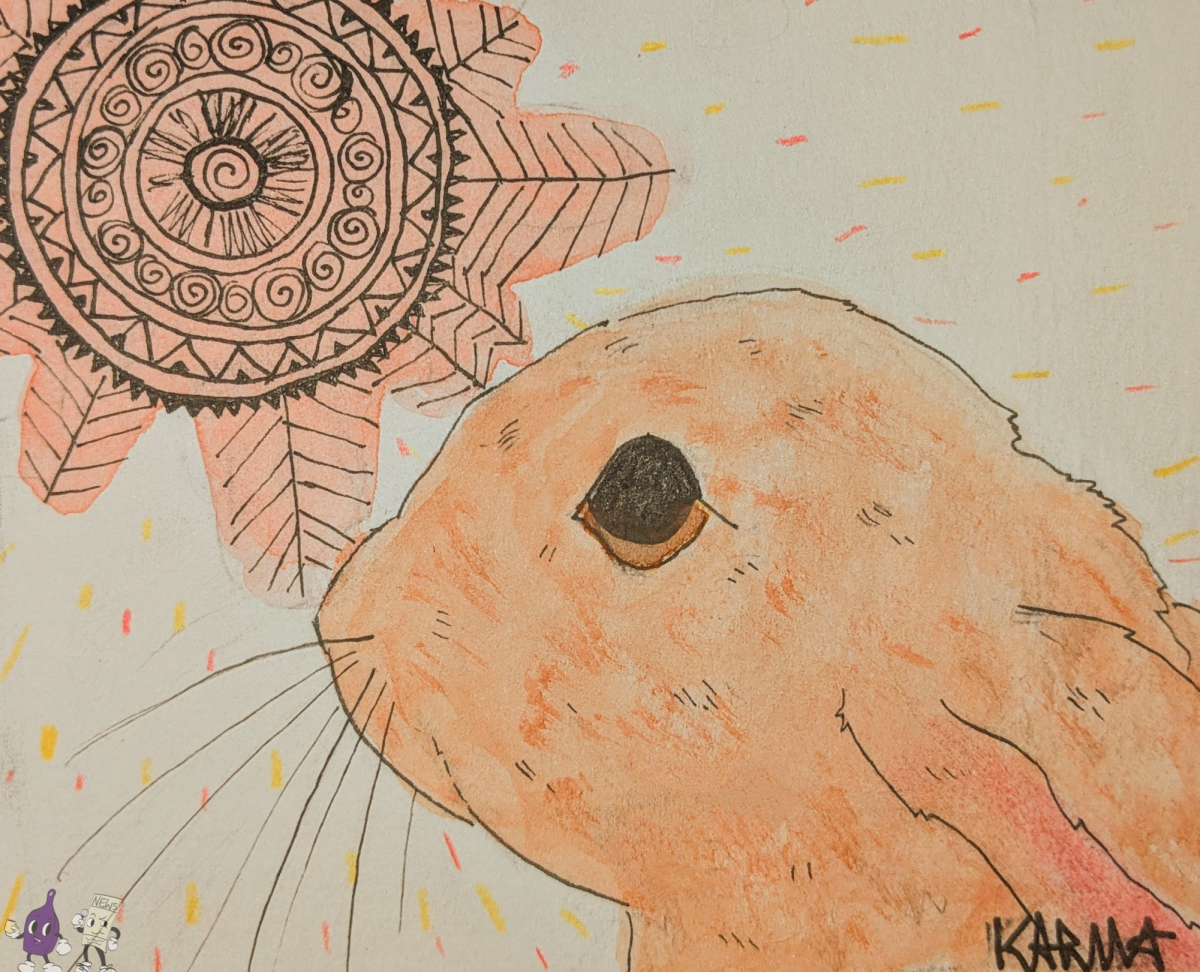Picture it: the year is 2013. You are six-years-old, your small hand clutching your mother’s as you walk through a video rental store. You are, of course, drawn towards the children’s/animated section. As you walk through the aisles and aisles of impossibly tall stacks of DVDs, your eye falls on a movie. It isn’t like the others. The cover is a group of rabbits, standing atop a hill. Above them, in the sky, a slightly transparent picture of a more sinister, scratched rabbit. The title? Two simple words that you don’t really understand: Watership Down.
Based on the novel of the same name by Richard Adams, Watership Down is a 1978 film written, partially produced, and directed by Martin Rosen who also directed Plague Dogs(see Alex’s article! . The film had some issues pre-release; as a completely independent production, it took some scrambling to find investors who were willing to fund such an unusual project. Its budget was a meager $2.3 million in comparison to other animated movies like 1978’s Lord of the Rings($4 million) and 1977’s The Rescuers ($7.5 million).Watership Down was released into theaters on November 1st 1978, doing fairly well at the box-office with a net gross of $3.5 million. The movie also had to change directors, as the initial director, John Hubley, disagreed with the direction the movie should take; Hubley wanted the movie to have more of a fairytale direction, and his influence can still be seen in the introduction scene of the film (which shows the folklore of how rabbits came to be).
Watership Down follows a group of rabbits in the British countryside. Fiver, one of the main characters, sees visions of their warren being destroyed, believing it an omen of their doom. He convinces his brother, Hazel, to seek Threarah’s help. The Threarah, or leader, refuses to risk a move based on a vision and tells the Owsla to stop anyone leaving. Hazel convinces eight rabbits (including Owsla member, BigWig) to escape; in the process the face perils such as hawks, a highway, and a cult-like warren.
The main reason the film is famous today is for its shocking and disturbing scenes. Through snare trapping and physical violence, the film doesn’t shy away from blood whatsoever. Although, I wouldn’t say the violence is the most horrific part of the movie. There’s a scene where another rabbit joins up with the group and describes how their warren was destroyed by the men. The scene is extremely haunting, with rabbits desperately clawing and trying to escape their burrow while they’re buried alive, suffocated by dead air. By today’s standards, it’s surprising to learn that Watership Down was rated as U for Universally Acceptable to all ages upon release,
Overall, the movie is a bit of a mixed bag. I certainly wouldn’t recommend watching it with children 10 and younger- the dialogue can be kind of bland, especially for kids who are used to the typical kids film fart jokes. The pacing is also a bit slow at times with stiff, realistic animation (and that’s not even mentioning the violence and mature themes). However, older audiences should be able to look past these drawbacks and see the real beauty of this story. The environmental and social commentary, the beautiful watercolor backgrounds, the psychedelic visuals, and the ultimately feel-good tale of a group of rabbits in search of a home result in a worthwhile viewing experience.
If you’re interested in watching Watership Down, it’s available to stream on Max and Amazon Prime. It’s also free to watch (in slightly lower quality) on Youtube.




